How to Set Up a Dedicated Study Area for Kids
Setting up a dedicated study area for your kids can help them become more productive and successful.
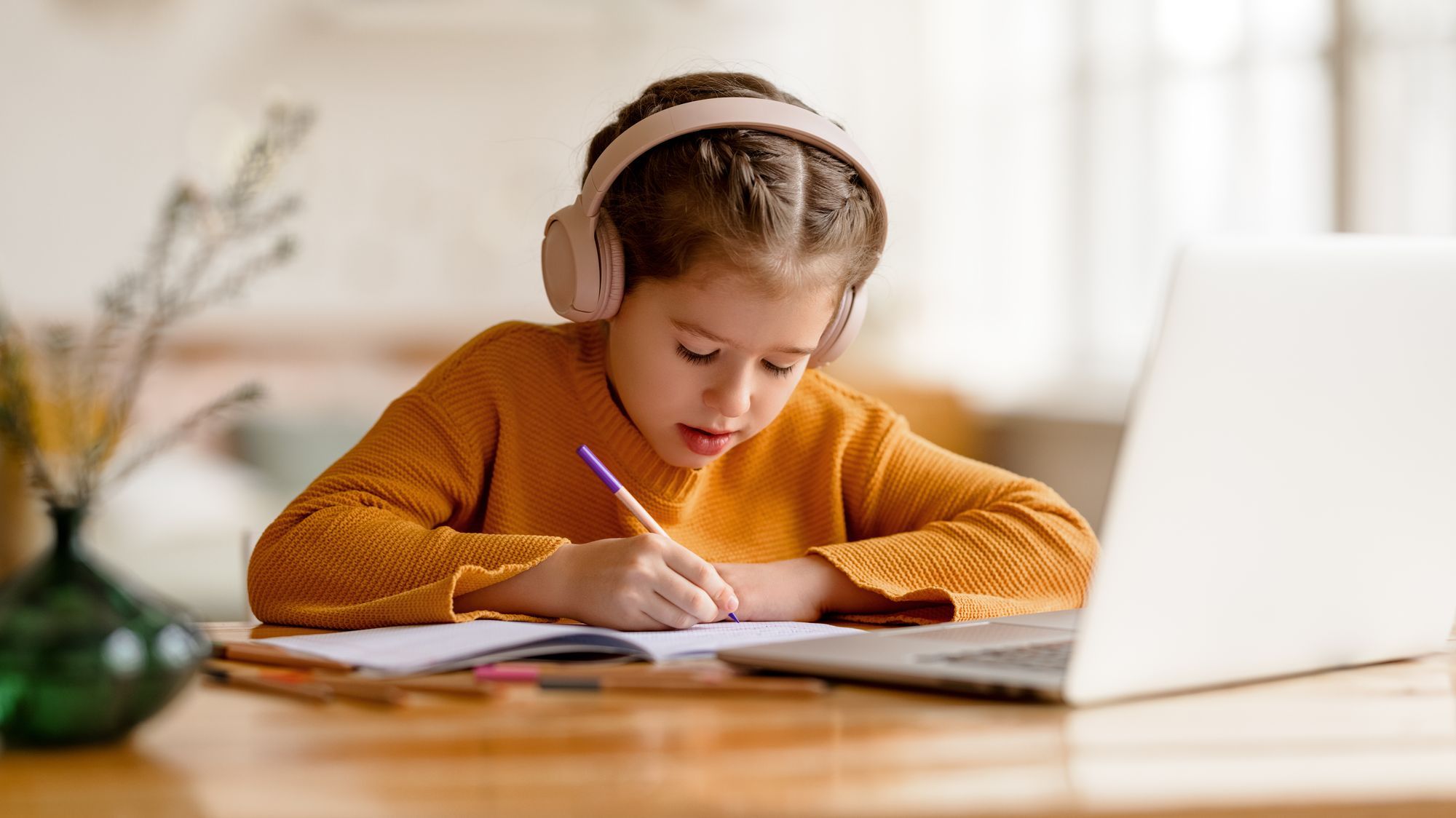
A dedicated area for doing homework is essential for young children and teenagers. Whether your kids are homeschooled, attend distance learning courses or need a place to study, having a dedicated area can make them more productive and focused. It can also help them transition into studying more and avoid distractions so they can complete their work faster.
Setting up a dedicated area for kids to study doesn't have to be daunting. You can easily set up an area in your home that your kids can use to do homework and study. Here are some tips to remember when creating a study area for your children.
Bedroom/study area combo
The fastest and most practical way to set up a study area for your kids is in their bedroom. If your kids are starting school or simply need their own place to study, reconfiguring their bedroom is an excellent way to start. There are many different desks for children that come in various shapes and sizes, making it easier to fit into a kid's room.

Since children are smaller than adults, their furniture takes up less space, so fitting a desk and bed for a smaller person in a room should be easy. Add a desk with a chair and some storage for homework accessories, and you have the perfect study area for your child.
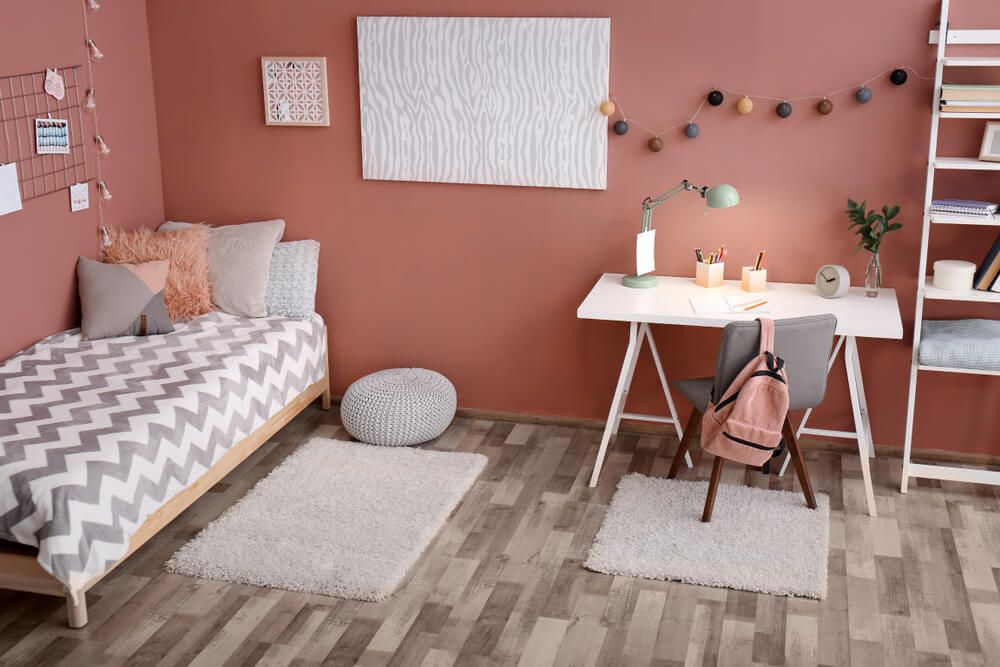
If the room is not big enough to fit a desk, don't worry, there are other options. When it comes to utilizing your space, opt for a pop-up or foldable table that can be tucked away when not in use. If you want to create a permanent solution but want something other than a desk, consider a small table that can be used as a workstation during homework. Once the schoolwork is tucked away, your child can use the table to play or eat.
Guest room study area
If you want to give your kids a separate study area from their bedrooms, consider utilizing a spare guest room. With spare rooms, you can add or remove items as your needs change. So, unless you want to overhaul the room entirely and turn it into a dedicated home office, start by adding a workstation.
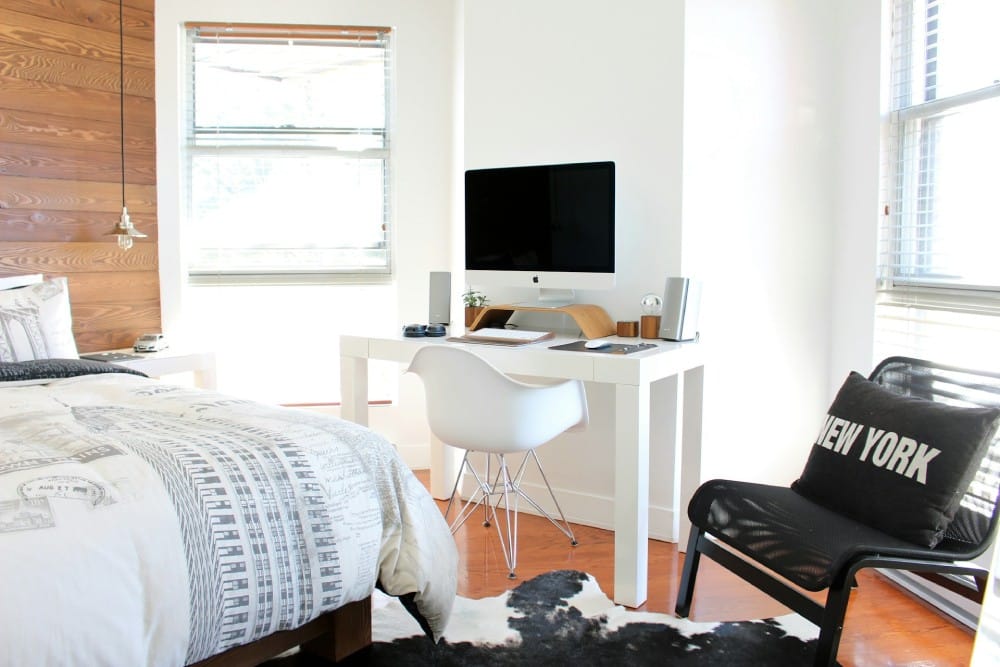
Much like you would with a bedroom, you can add a desk or a dedicated table to the spare room. If the room isn't used often, you can set up a more permanent study area for kids to use for homework and to study. The table can also be helpful for visitors who might want to set up a laptop or sit and read. Any portable desks and tables can also be tucked away while you have visitors and set up again once they leave.
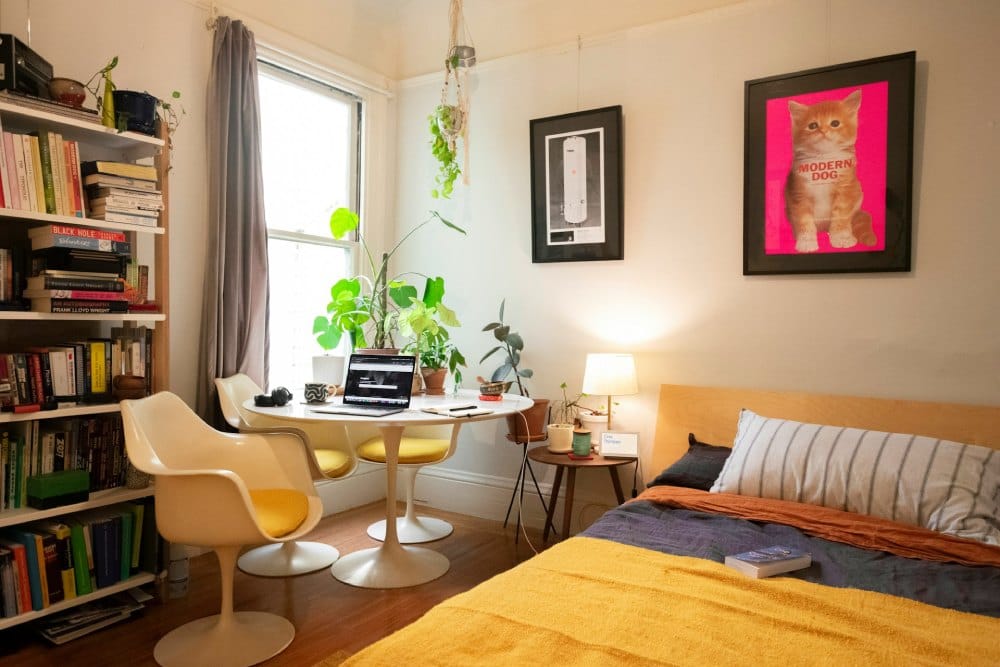
On the other hand, if you're going to overhaul the room, you have more options. Instead of having a bed in the room, think about getting a sofa bed that can be used for both your kids to read comfortably and for you to have a space to relax. The sofa can also be used as a bed when you have visitors. Add the necessary wardrobe or drawers for the guest section of the room, and then fill the study area with a desk, chair, books, equipment, and any other studying essentials. Here, you have successfully adapted the room into a multifunctional space.
Living room learning
Finding a separate dedicated study area for kids isn't always possible. If you have kids of different ages sharing a room or lack a spare room, you have to work with what you have. Whether you live in an apartment or a small home, consider adapting your living room to create a study area.
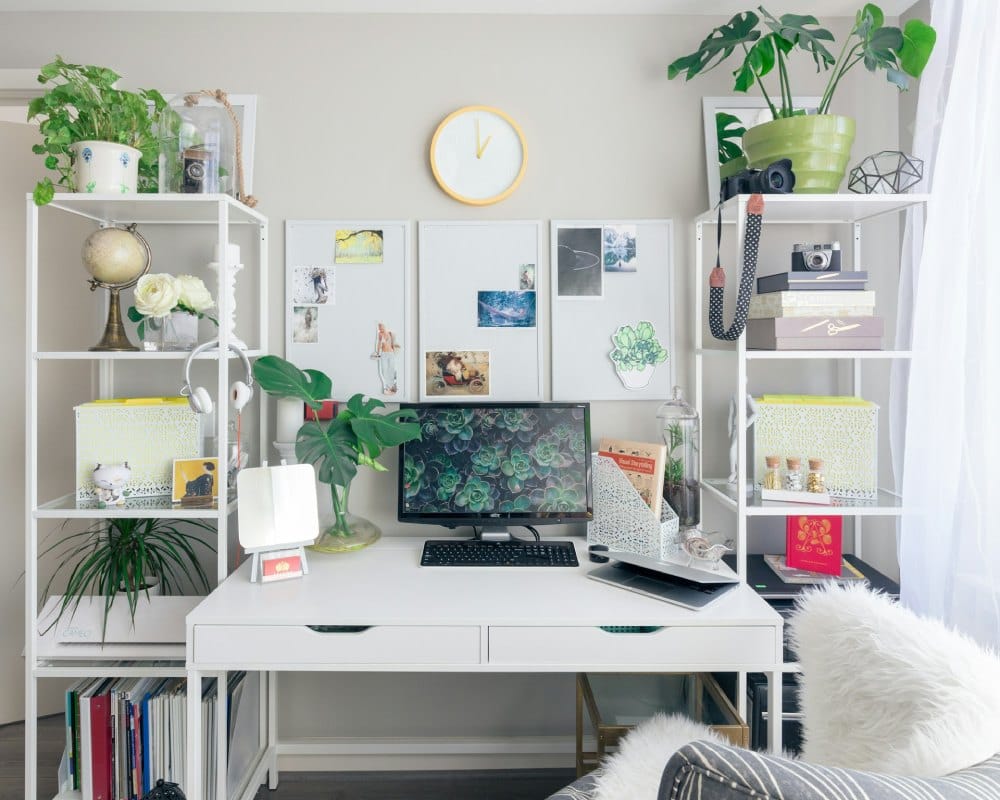
While this might not be an ideal solution, it can be a practical option for your needs. Designate a corner of your living room or set aside some space for the necessary setup. Add a small desk and a chair and utilize the vertical space with shelves and storage to keep all homework essentials neat, tidy and out of view.

If you can't fit an entire workstation, consider setting up a small reading area. This would be a great bonding exercise for you and your kids. You could get comfortable, and your child could study any books they have been assigned. While many people may shy away from implementing a study space for their kids in the living room, sometimes it may be the only option. As an added benefit, you can keep an eye on them so they get their work done and stay out of trouble.
Things to consider when setting up a study area
Whether it's a sectioned-off part of the dining table that has been converted into a temporary study area or a dedicated schoolwork workstation, there are a few things to consider.
Choosing your colors
Setting up a practical work and study space for your kids involves more than adding a desk and a chair. The colors you choose can also impact how your child learns and behaves. While you might not want to repaint your whole living room or bedroom for this purpose, you have more choices when converting a spare room.
When it comes to wall colors in a room or area strictly for work or study, consider color psychology when choosing what color to paint. Safe colors to use are ones that you are probably already using in your home and, in some cases, are used in classrooms universally. White is simple and fresh - mimicking a blank canvas and great for fostering creativity. It's relaxing and sleek, making it the perfect choice for not just a study space for your child but any other area in your home.
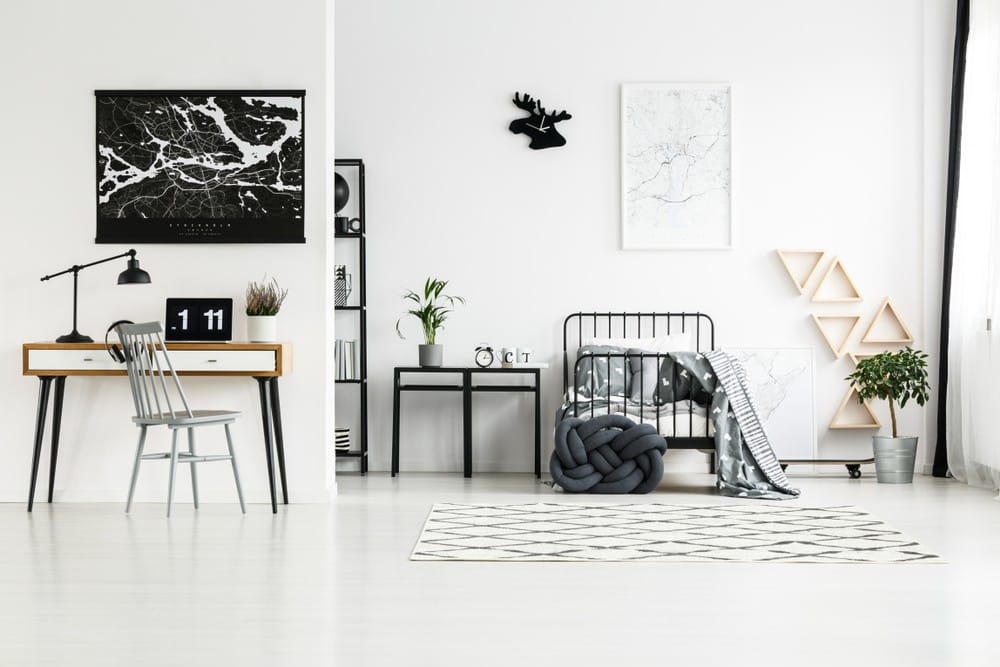
Blue is also relaxing, and certain shades can represent knowledge and power, making it an excellent choice for a workspace - for a boy or a girl. Another idea is black, as this is simple and functional. However, it can be overwhelming if you want to create a workspace slightly different from the standard classroom so your child can study more creatively. One way to transform the use of black and foster this creativity is to install a blackboard wall that your child can draw and create on instead of just a plain black painted wall.
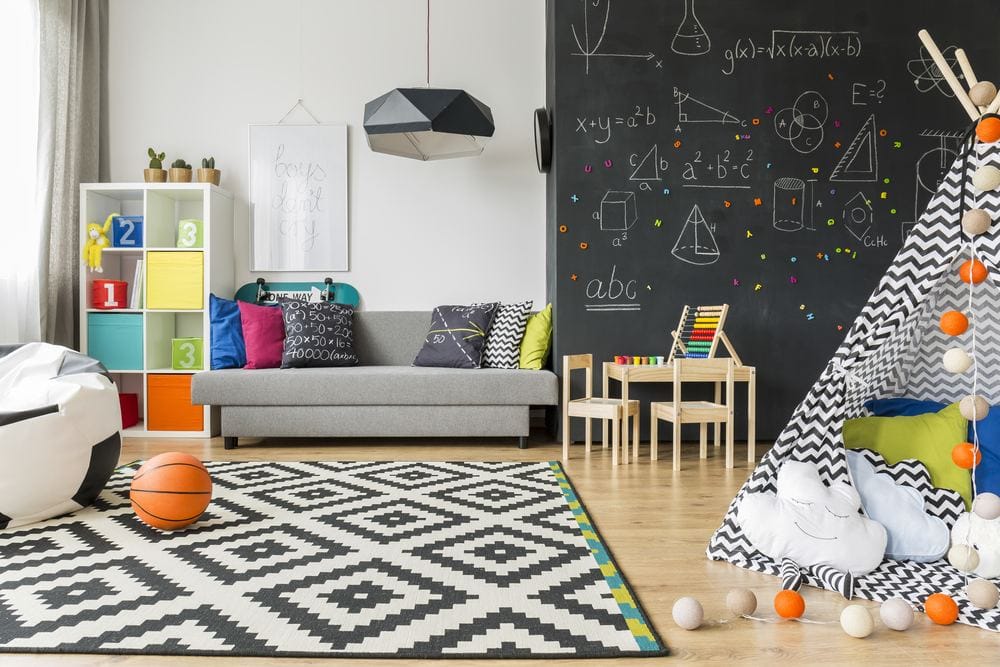
You are not limited to these options, they are just more common. More parents are creating their children's study areas as more playful and beautiful spaces. We have seen trends in pastel-colored walls, furniture, and stationery. While other parents have decided to embrace nature and have their children study outdoors, whether that is on a balcony or terrace for the apartment residents or a lawn or patio for those in the suburbs. These all provide a different standard of learning which can benefit children in several ways while keeping education key.
Setting up the decor
After you have selected the study area, set up the desk and chairs, and decided on the color palette, it's time for the finishing touches. While notebooks, pens, books, and other similar items all go without saying, there are ways you can help your child's home learning experience and also help keep their workspace looking great.

Shelves are always a great addition to any home office, so why not use them for your kids? When you're short on space, they allow you to utilize the wall and vertical space. Shelves also look great and will enable you to add certain pieces of decor to complete the vibe that you are going for. In terms of your child's workspace, shelves will help keep their desk uncluttered, providing storage spaces for unneeded stationery or books. You can also add a few houseplants on the shelves for that organic touch.
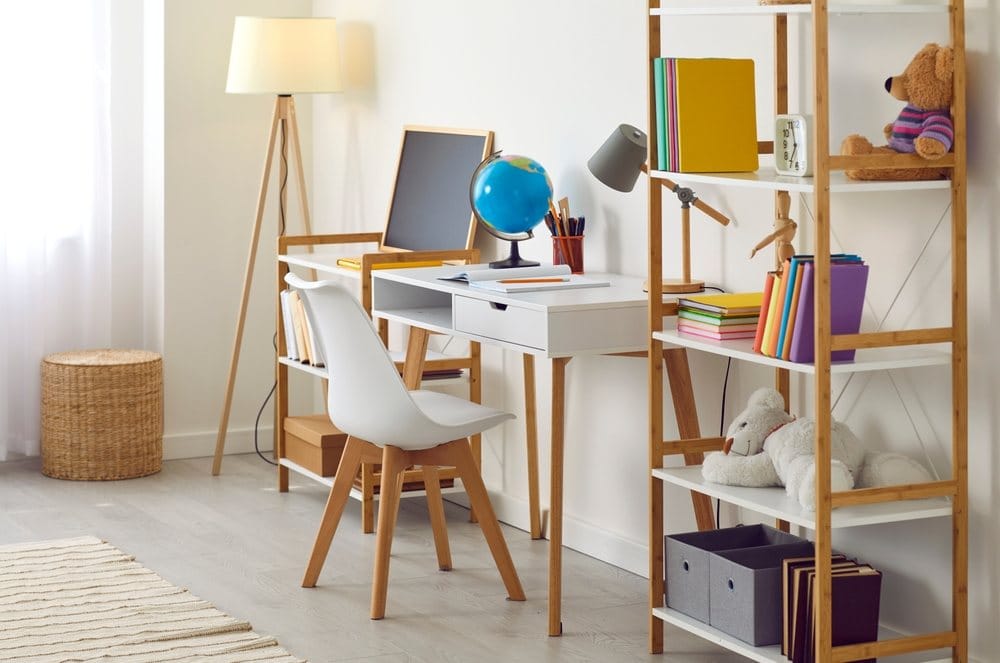
Likewise, you want to ensure your child's study space is manageable and exciting. You can do that with posters from their favorite movies, TV shows, or even of their favorite artist or band. To add a more studious vibe, consider a map or educational posters that teach and inspire creativity.
Don't forget about proper lighting
While we all know that lighting is incredibly important, especially when it comes to homework and studying. Maximize natural light as much as possible to create a well-lit space. If natural light is limited, consider adding lamps to your kid's work area. Task lighting works great here and in any work environment as it is used to illuminate the area to aid you in doing the work. Depending on the style, you can use a simple lamp to match the room's vibe or let your child pick to feel like they had a hand in creating their space.
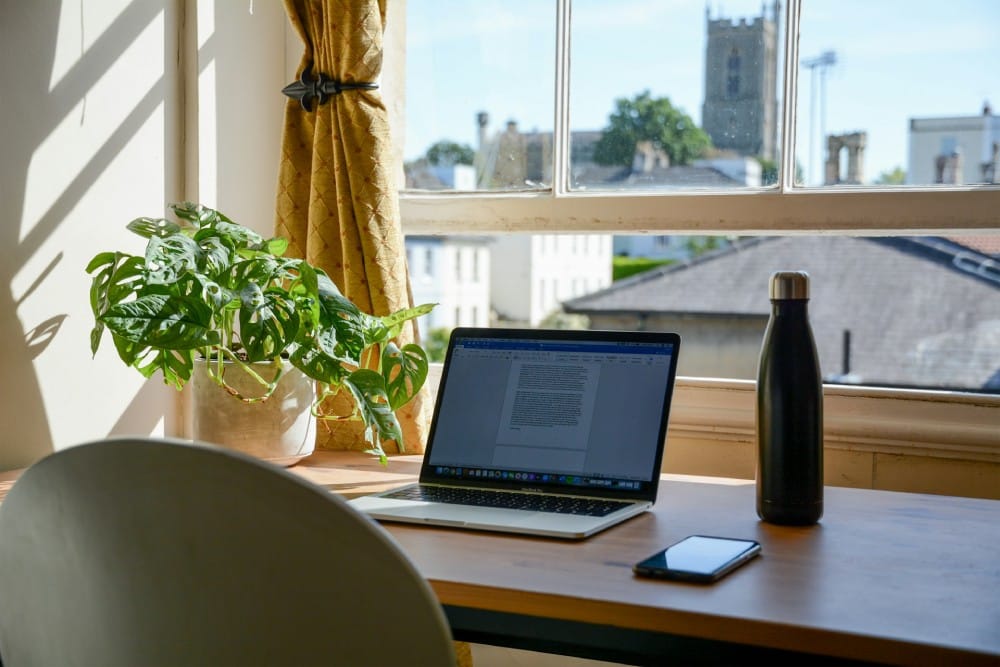
Conclusion
When it comes to homework, it's important for kids to feel like they have their own space to study and learn. This can help them stay organized and make sure they do their work. By creating a dedicated space for your kid's school activities, you are helping them focus on their assignments, which can help them be more successful at school.
